Blatchford Score Blatchford score is recommended by NICE for 1st assessment. Admission risk marker Score component value Blood Urea (mg/dL) 18.2-22.4 2 22.4-28 3 28-70 4 >70 6 Haemoglobin (g/L) for men 12.0-12.9 1 10.0-11.9 3 10.0 6 Haemoglobin (g/L) for women 10.0-11.9 1 10.0 6 Systolic blood pressure (mm…
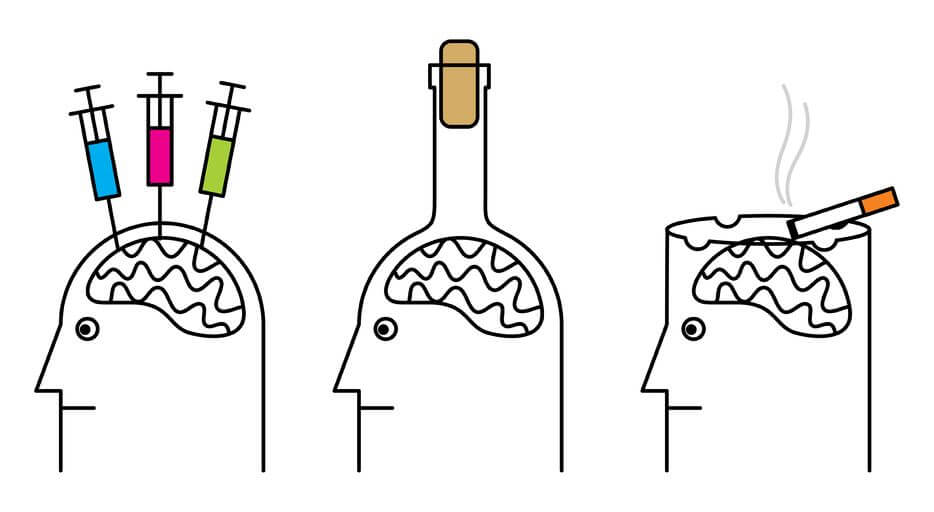
Eliciting Smoking and Alcohol History
Smoking History Ask: Have you ever smoked? If yes – Further ask: For how long? What form? (cigarettes, cigars, pipe, chewed) How much? Quantify smoking history: A ‘pack year’ is smoking 20 cigarettes a day (1 pack for one year) (Number of cigarettes smoked per day X Number of years…
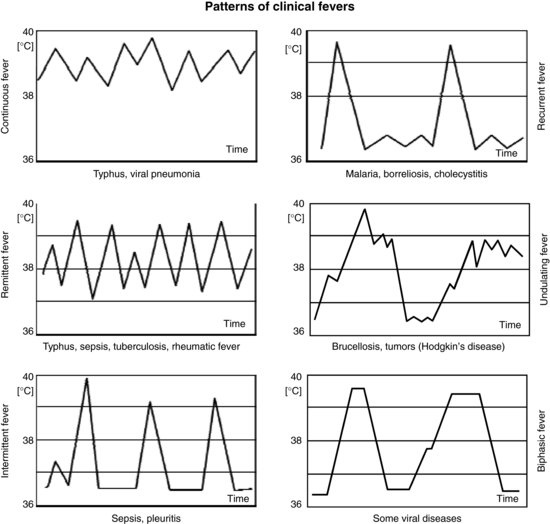
Fever : Definition, Mechanism and Types
Definition of Fever Studies have found that the maximum normal oral temperature is 37.2ºC (98.9ºF) at 6 A.M. and 37.7ºC (99.9ºF) at 4 P.M.; these values define the 99th percentile for healthy individuals. Hence, an A.M. temperature of >37.2ºC (>98.9ºF ) or a P.M. temperature of >37.7ºC (>99.9ºF) would define…
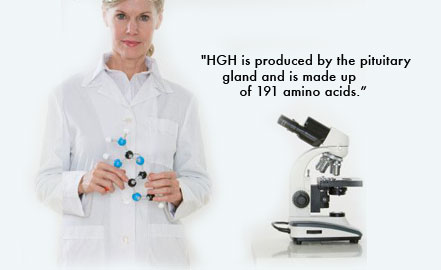
Short History of HGH
Short History of HGH HGH is becoming more and more popular among the sportsmen and bodybuilders these days. However, many people still don’t have a clue about what HGH really is. The time has come to answer all the possible questions on where did HGH came from, how it developed,…
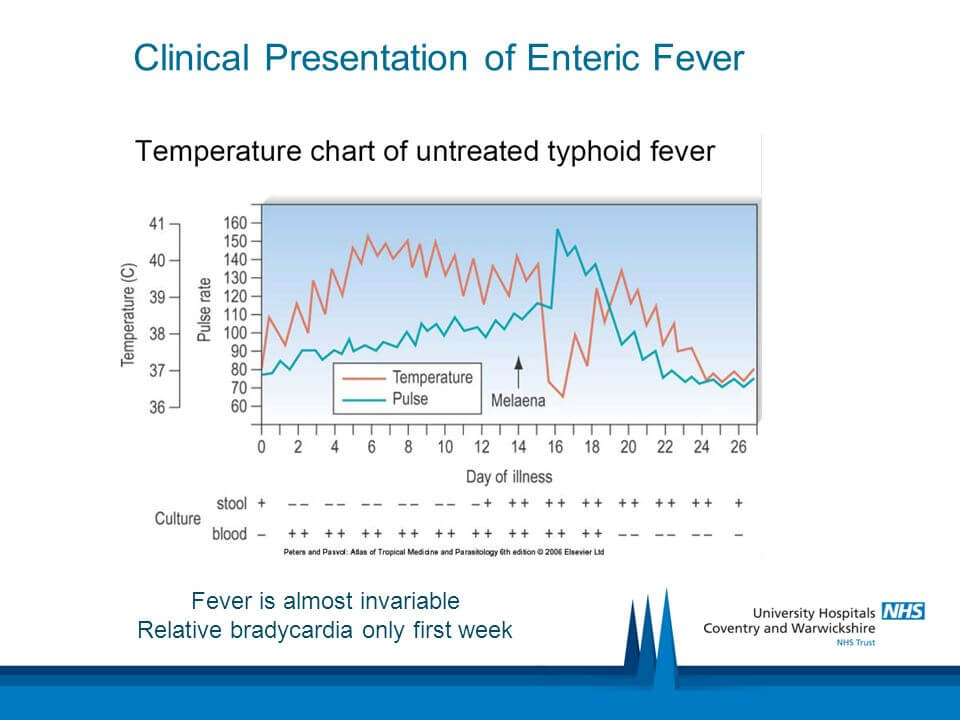
Relative Bradycardia
Synonyms: Faget sign, Sphygmo-thermic dissociation, Sphygmo-thermal dissociation Definition of Relative Bradycardia Physiologically, for each 1 °F rise in body temperature, there is a commensurate increase in the heart rate of 10 beats/min . When temperature elevations are not accompanied by a physiologic increase in the pulse, the patient is said…
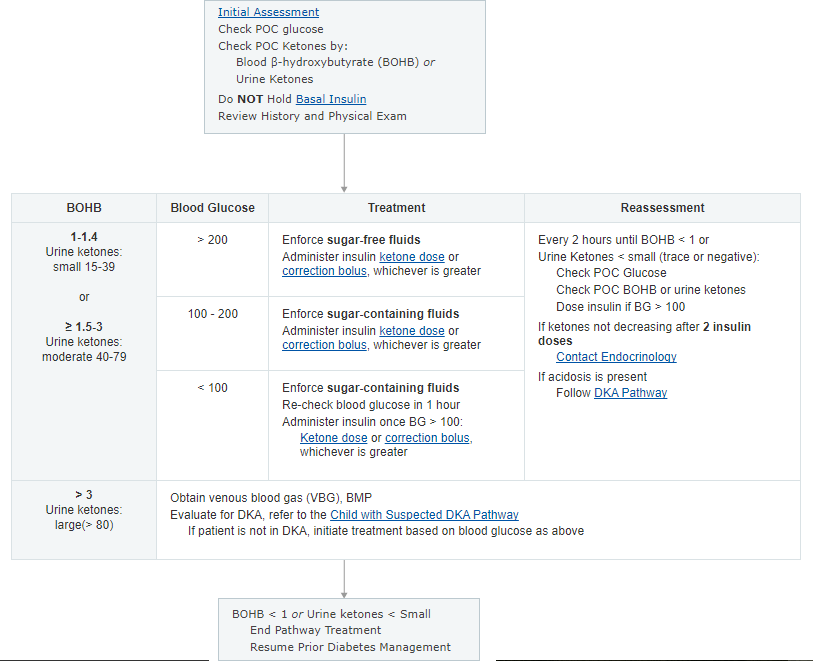
Diabetic Ketosis without Acidosis
Ketosis and Ketonuria Ketosis and Ketonuria may occur whenever increased amounts of fat are metabolized, carbohydrate intake is restricted, or the diet rich in fats (either “hidden” or obvious). This state can occur in the following situations: a. Metabolic conditions: Diabetes mellitus Renal glycosuria Glycogen storage disease (von Gierke’s disease)…
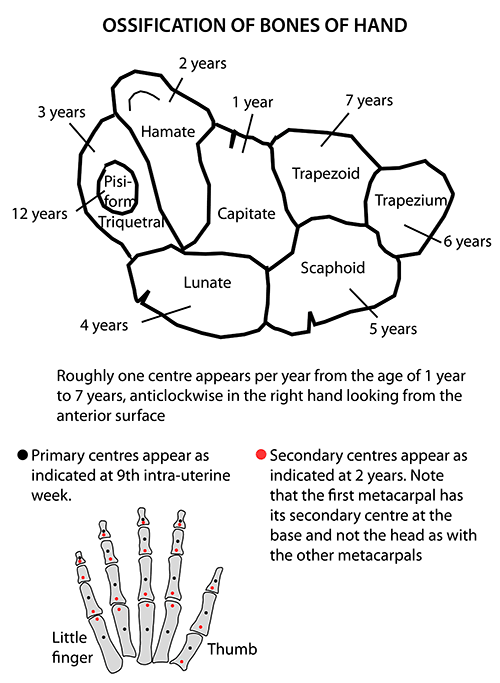
Carpal Bones Ossification: Mnemonic
Roughly one center appears per year from the age of 1 year to 7 years, anti-clockwise in right hand and clock-wise in left hand looking from the anterior surface, i.e. from ulnar side to radial side. Pisiform, being a sesamoid bone it gets left behind and only develops years later. capitate: 1-3 months hamate:…
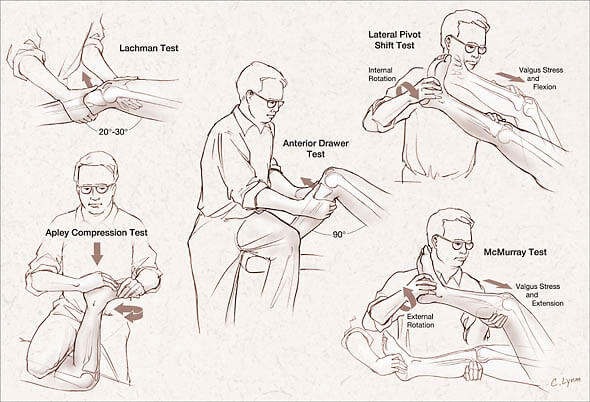
Tests for Knee Ligaments
Anterior Cruciate Ligament (ACL) Lacchman’s test It is performed with the patient supine and the knee flexed 20–30°. The examiner grasps the distal femur (from lateral side) with one hand and the proximal tibia with the other hand (from medial side). The lower leg is given a brisk forward tug…
